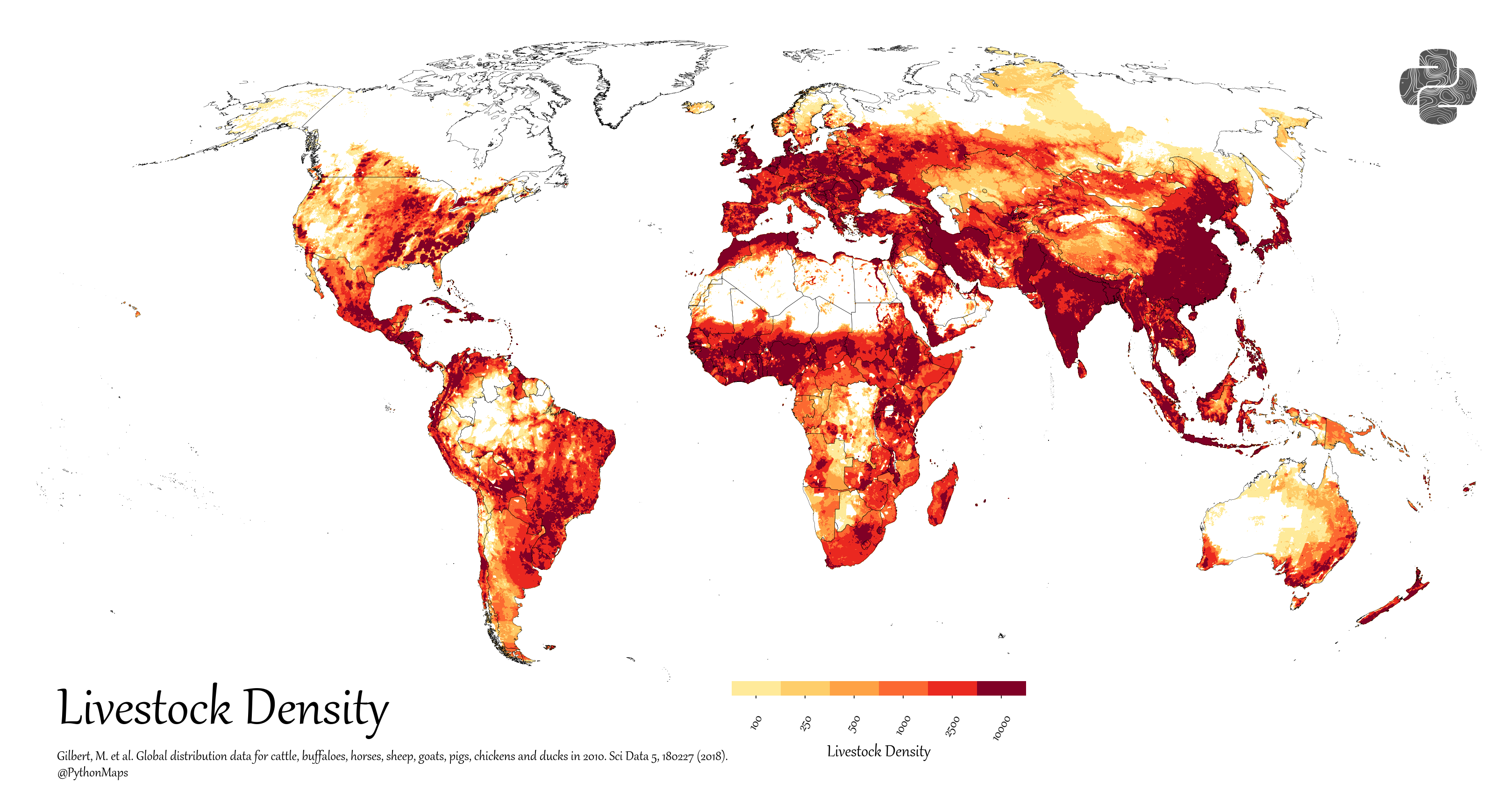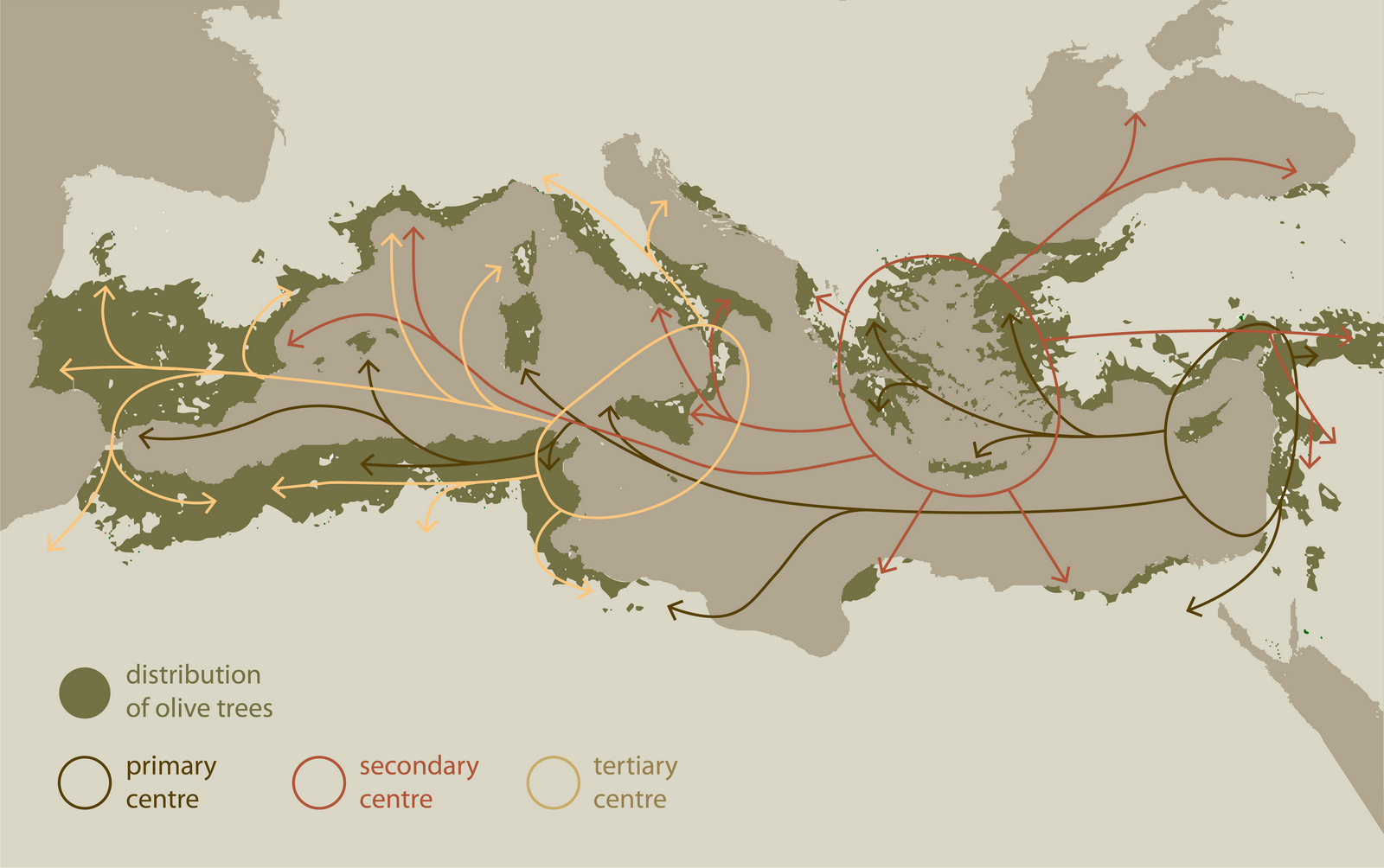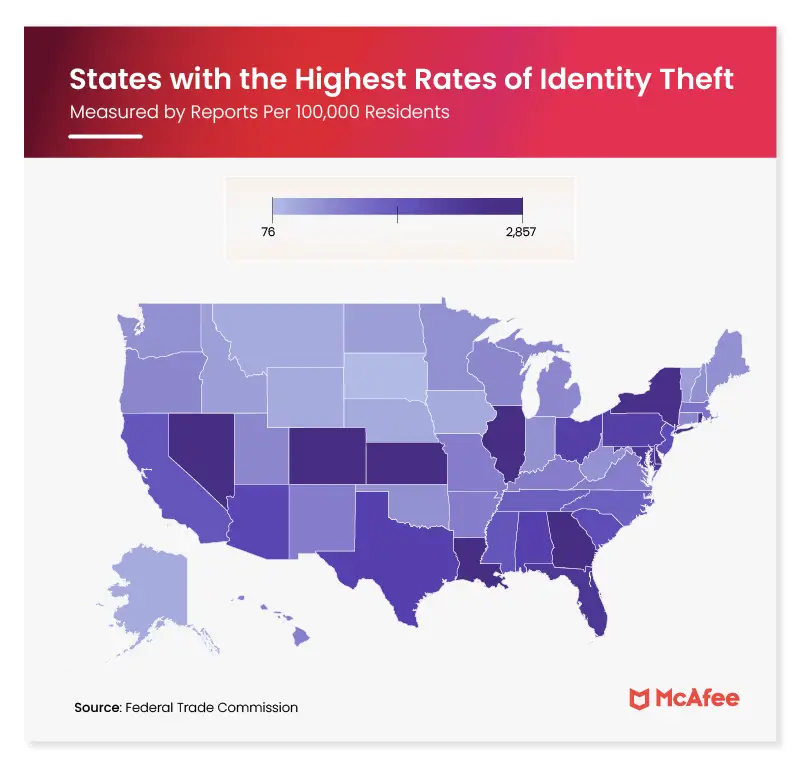The Geography of Pig Farming: Mapping Europe’s Major Production Regions
When you think of European agriculture, vineyards, and olive groves might come to mind first. However, pig farming plays a surprisingly significant role in the EU’s agricultural economy, with some regions building their agricultural identity around this industry.
The map below, created by the Europa.eu team, shows the density of pig farms in the European Union.

The heart of European pig farming beats strongest in a region that stretches from northern Germany through Belgium. This production powerhouse, encompassing North Rhine-Westphalia and Lower Saxony in Germany and the Flemish Region in Belgium, accounts for nearly one-third of all EU sows.
But the story of European pig farming doesn’t end there. Several other regions have carved out their own significant niches in this industry:
- Spain’s Mediterranean Coast: Catalonia and Murcia have become powerhouses in Spanish pig production, benefiting from modern farming techniques and efficient supply chains.
- Italy’s Northern Hub: Lombardy leads Italian pig farming, where the industry connects closely with the region’s famous prosciutto production.
- France’s Western Edge: Brittany stands out as France’s primary pig farming region, building on centuries of agricultural tradition.
- Eastern European Growth: Parts of central Poland and Northern Croatia are emerging as important new centers, bringing fresh energy to the industry.
What’s particularly fascinating is how different countries rely on pig farming for their agricultural income. Denmark leads the pack, with pig farming generating an impressive 29% of their total agricultural output. Belgium follows at 20%, while Spain and Germany each see around 14-15% of their agricultural revenue from this sector.
These numbers tell us something interesting about European agriculture: while some regions focus intensively on pig farming, others maintain a more diverse agricultural portfolio. This specialization pattern often reflects historical development, local expertise, and market access.
The concentration of farms in specific regions also raises important questions about environmental management and sustainable farming practices. Many of these regions have developed innovative solutions to balance productive farming with environmental protection.








